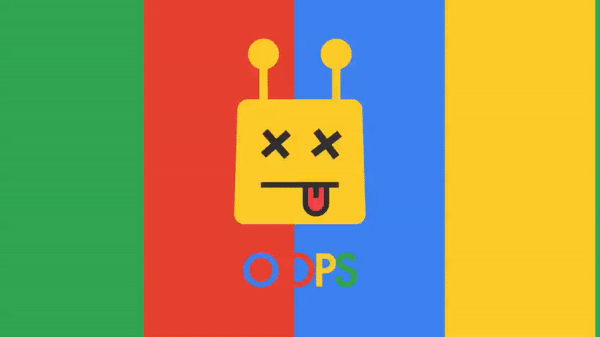As Google issues partial refunds to victims of ad fraud, a lack of transparency in the programmatic ad industry has been called into question once again. The company is still recovering from brand safety concerns on YouTube and to add insult to injury, Google’s refunds are being issued just months after the company received its “Certified Against Fraud” seal from The Trustworthy Accountability Group (TAG).
Google’s parent company Alphabet Inc. is not only reimbursing select marketers costs but Google’s director of product management, Scott Spencer told The Wall Street Journal, they’re developing a tool to provide more transparency moving forward.
“When people talk about [ad fraud], there’s a big specter to it and a big concern about invalid traffic in digital,” Spencer said. “It’s not that large in terms of a percentage of what people are buying, but it can be a little bit scary to buyers, and our goal is to remove that to improve the trust overall in the ecosystem.”
Forrester estimates that ad fraud cost marketers $7.4 billion in 2016 and if not addressed, could grow to $10.9 billion by the year 2021. This aligns with the 2016 ANA/White Ops Bot Fraud study, which estimated that advertisers lose $7.2 billion per year globally to bot-generated, non-human traffic. That’s the same amount that Proctor & Gamble spent on advertising last year alone.
Ad fraud occurs when purchased ads are displayed on sites that produce traffic artificially through bots, or when malware programs repeatedly “click” advertisements to simulate engagement. A program called Methbot, for example, siphons between $3 to $5 million in video ad revenue from premium publishers every day by posing as sites like ESPN, Vogue and Fortune. Once marketers pay for ads, the bot creates fake impressions and hikes up the price of CPMs.
Google says it’s “entering discussions” with over 100 exchanges, ad networks and publishers that DoubleClick Bid Manager plugs into—asking them to disclose to ad buyers whether they’re willing to refund the entire media spend if ad fraud occurs. Buyers could then use filters to avoid sources without a refund policy.
This isn’t the company’s first attempts at curbing ad fraud. Google joined the “Ads.txt” project through the Interactive Advertising Bureau in March. The new tool provides a mechanism to enable content owners to declare who is authorized to sell their inventory.
Fraudsters continually adapt to deterrents, and guaranteeing marketers that zero fraud will occur is unrealistic. Efforts being taken by Google and other ad sellers to promote transparency, however, may help heal the wounded ecosystem and put control into the hands of marketers in order to make educated decisions.

